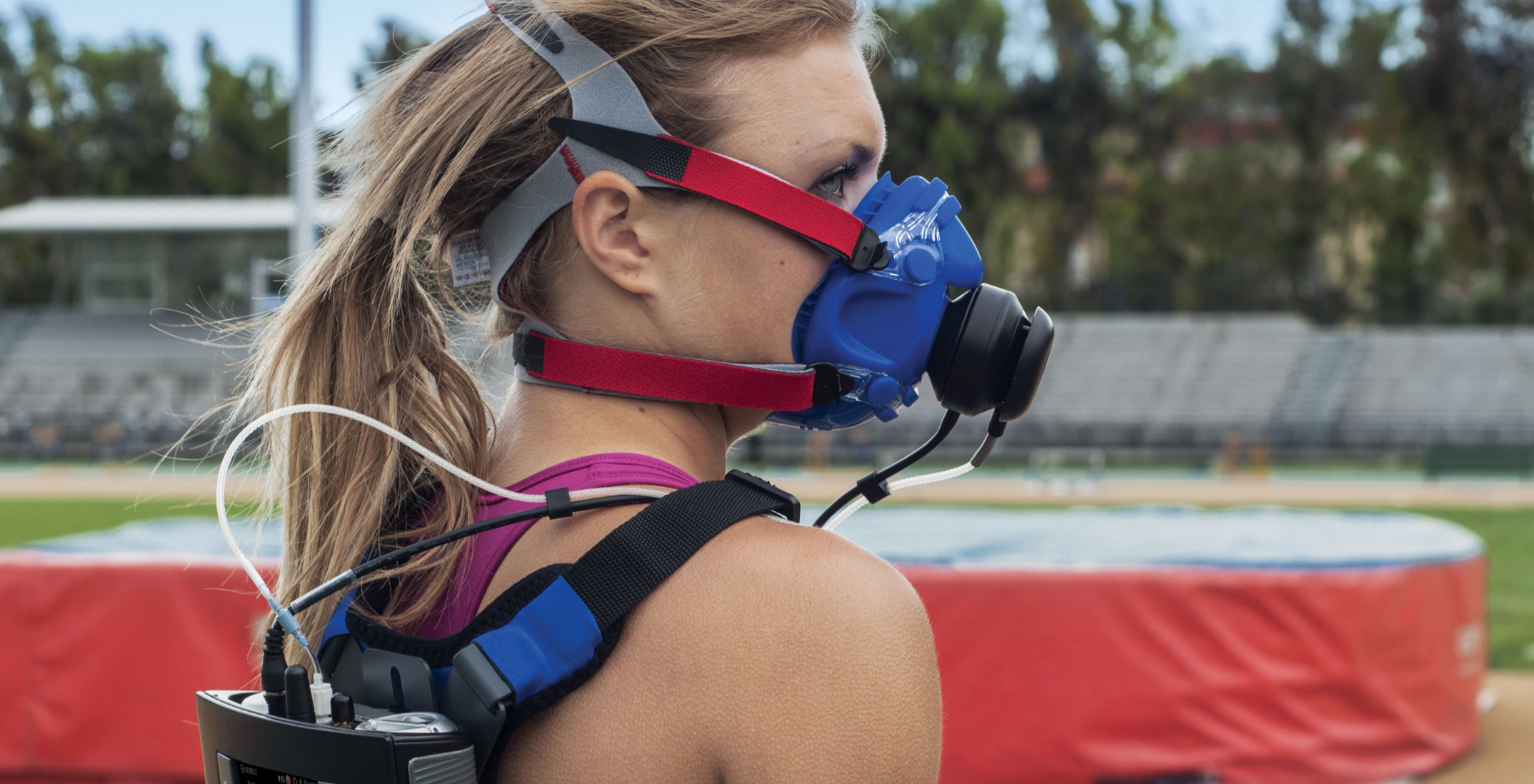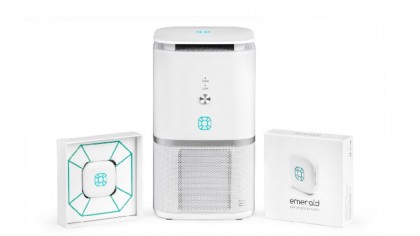How our phones will become our doctors
As sensor technology advances, our phones will become increasingly important diagnostic aids

The accelerometer. The gyroscope. The proximity sensor. The heart-rate monitor. There are already all kinds of sensors packed into our phones, and phone-connected wearables, collecting data about what we're doing and where we are at any given time.
Scary or fantastic, this is just the beginning. Our phones are going to pack in more and more sensors – and this means they'll be able to play an ever-greater role in our healthcare, as the benefits of the various technologies are fully realised.
By being able to sense the environment, monitor our vitals and use frameworks like Apple's CareKit, your phone will provide your doctor with more – and more accurate – information than ever before.
Sounds great, right? But while our phones will become one of our greatest healthcare allies, there are corresponding fears that our data could be stolen, and our medical records compromised.
So exactly what's in the pipeline? How important will our phones become to our health? And what action is being taken to secure all that personal data?
Sensing our environment
Right now there's a lot of buzz around sensors and devices that track the quality of the air around us. These kinds of environmental sensors aren't particularly new – they've been around in some form or another for years – but as they shrink down to smartphone size they'll provide new kinds of information to medical professionals.
Devices like Canary £159 ($179, around AU$305) and Emerald Air are already using sensors to serve up information about the air quality in your home. But it's not just one or two data points – the amount of information being collected is vast.
Get daily insight, inspiration and deals in your inbox
Sign up for breaking news, reviews, opinion, top tech deals, and more.
Mateusz Zelek, CEO and Co-Founder of Emerald Air, told TechRadar: "[Our] device lets you monitor temperature, humidity, pressure and air quality in your life environment. It detects over 600 harmful substances released from furniture, paints, carpeting, air conditioning and human metabolism, which irritate your eyes, skin or just make you sick."

Dr Stephen Daniels, creator of the Cair sensor ($130, around £88/AU$186), says there's been a boom in devices built for this purpose because "the awareness of the effects of poor air quality on health and wellbeing is becoming even more understood".
The Cair sensor is aimed specifically at those with asthma and allergies, measuring particulate matter (size and other attributes), volatile organic compounds, humidity levels and temperature.
But it's when the data from the sensors is analysed, and combined with additional cloud-based data, that the system becomes even more useful.
Dr Daniels explains: "All the sensors are cloud-connected and the algorithms that create the alerts for each user are performed in the loud. These algorithms also grab external data such as weather, pollen counts, pollutant levels and so on, and use them in the analysis."
If keeping ourselves healthier and better informed is our ultimate goal, then the obvious next step for these kinds of sensors is smartphone integration.
After all, wouldn't it be more useful to find out what the air quality is like when you're out and about during the day, at work and spending time outside, rather than just when you're sitting in your house?
Dr Daniels told us he's keen to develop new ways to integrate the Cair sensor further into smartphone architectures, although exactly how this will work isn't yet clear.
In order to really help users the sensor would need to be either embedded into smartphones – perhaps on the underside of your handset, in the way cameras are now – or worn as a watch or other wearable that could send real-time updates directly to your phone.
The real benefit would be if these air quality sensors were able to work with GPS to measure air quality based on where you are, using data about upcoming hazards and problems, and crowdsourcing this data to provide others with more useful information and updates.
Becca is a contributor to TechRadar, a freelance journalist and author. She’s been writing about consumer tech and popular science for more than ten years, covering all kinds of topics, including why robots have eyes and whether we’ll experience the overview effect one day. She’s particularly interested in VR/AR, wearables, digital health, space tech and chatting to experts and academics about the future. She’s contributed to TechRadar, T3, Wired, New Scientist, The Guardian, Inverse and many more. Her first book, Screen Time, came out in January 2021 with Bonnier Books. She loves science-fiction, brutalist architecture, and spending too much time floating through space in virtual reality.
